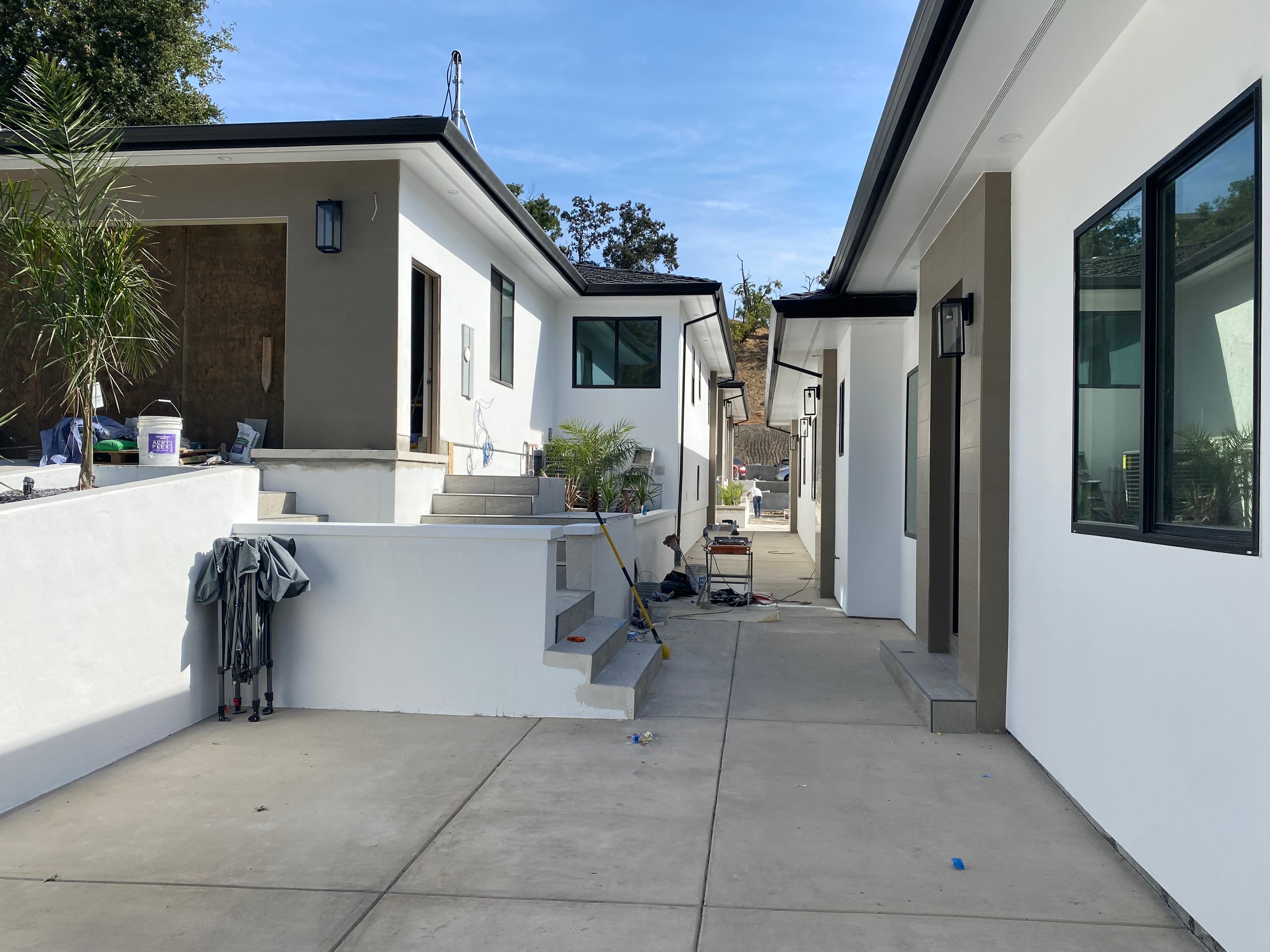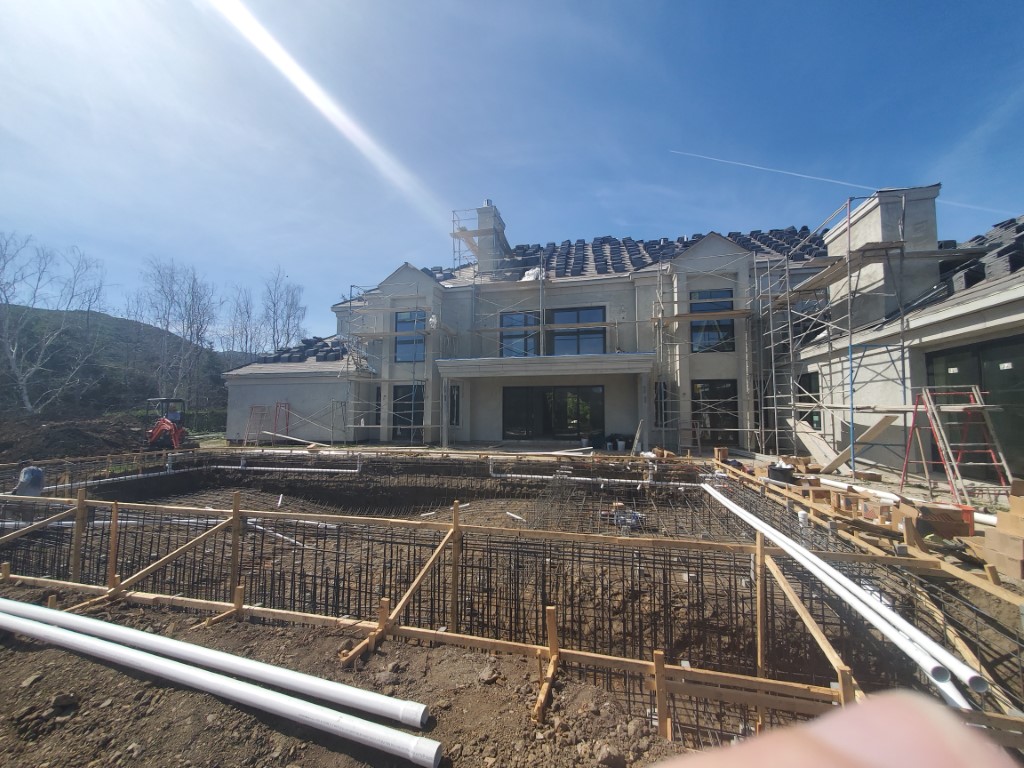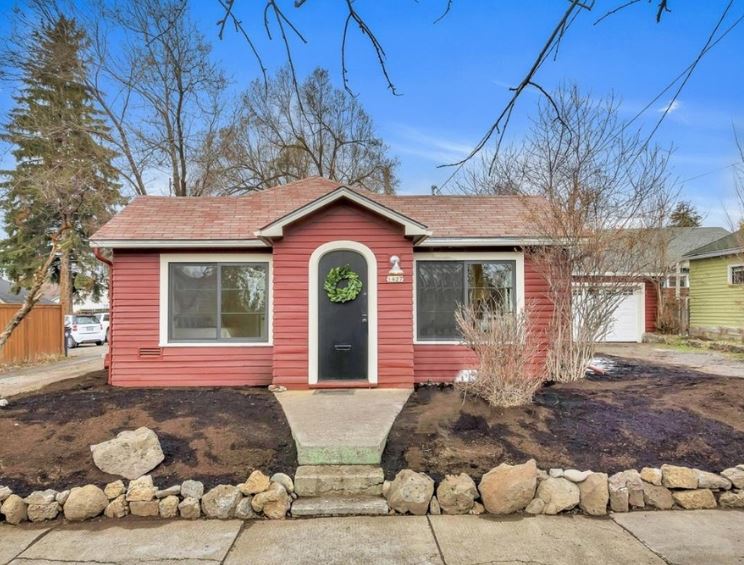The Elusive 100% LTV Fix and Flip Loan
If you’re cash strapped and in escrow to purchase your next fixer-upper, you might be searching online for a hard money lender to give you the...
2 min read
 Ted Spradlin
:
Feb 3, 2024 3:49:32 PM
Ted Spradlin
:
Feb 3, 2024 3:49:32 PM
%20VS%20Loan-To-Cost%20(LTC).jpg)
Fix and flip loans are the primary source for funding a fixer-upper project, and understanding how they work is pivotal to your planning and success. Two key metrics of fix and flip loans are Loan-To-Value (LTV) and Loan-To-Cost (LTC), each playing a factor in your loan terms and overall options.
This blog post provides key information about LTV and LTC and how they apply to fix and flip loans.
Loan-to-value (LTV) is a ratio that lenders use to compare the amount of the loan to the appraised value of the property. It's calculated by dividing the loan amount by the property's appraised value.
Ex: $80,000 loan against a $100,000 home = 80% LTV
From the lender's perspective, LTV is necessary to assess the risk level. A lower LTV indicates less risk, with a greater protective equity buffer around the lender’s security in the property.
In fix and flip lending, LTV limits directly impact the investor's ability to secure funding. Most fix and flip lenders offer experienced rehabbers high-LTV loans, coming in between 75% to 90% of the purchase price.
Loan-To-Cost (LTC), on the other hand, measures the portion of the loan designated for rehab costs plus the total purchase loan amount against the overall project cost, which encompasses both the purchase price and all renovation expenses. To calculate LTC, divide the loan amount by the total project cost and then express this figure as a percentage.
Ex: $100,000 purchase price + $50,000 rehab = $150,000 total cost
$80,000 purchase loan + $50,000 rehab = $130,000 loan / $150,000 total cost = 86.70% LTC
LTC is an important data point for fix and flip loans that compares the total financing to the project's overall costs.
For fix and flip loans, LTC limits are crucial for both lenders and investors. Lenders often set LTC caps to manage their risk exposure, usually around 75-80% for experienced investors with proven track records.
The 75-80% LTC limit ensures that the borrower has "skin in the game" with their own capital, and shields both borrower and lender with a margin of protective equity when the project is completed.
Ex: $130,000 total loan/$200,000 After Repair Value = 65% ARV
In this example, both the borrower and lender have a $70,000 protective equity buffer between the loan and the after repair value of the property.
Lenders providing fix and flip loans use both loan-to-value (LTV) and loan-to-cost (LTC) to determine the leverage provided to borrowers. LTV divides the loan amount by the property's appraised value. LTC is a measure of the rehab and purchase loan amounts as a percentage of the overall cost of the project.

If you’re cash strapped and in escrow to purchase your next fixer-upper, you might be searching online for a hard money lender to give you the...

In the fast-moving world of house flipping, understanding fix and flip loans — especially the minimum and maximum loan amounts — is important for...

Over the past 10 years, high-leverage fix and flip investor rehab loans have become a popular private money and hard money loan program for house...